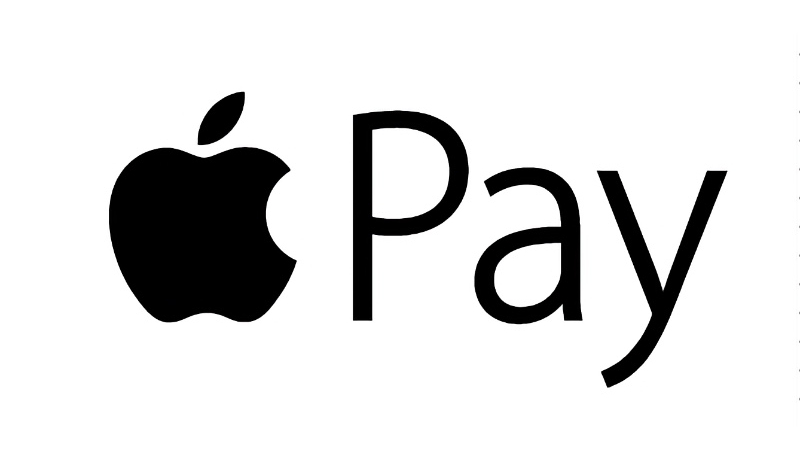After years of waiting, Apple Pay has finally launched in South Korea. iPhone and Apple Watch users in the country can now use Apple’s contactless payments system to make payments.
Apple has been seeking to bring Apple Pay to South Korea since 2017 but it was unable to be registered as an electronic financial business operator because regulators were investigating whether Apple Pay violated local regulations and laws. Regulators finally gave the plan approval in February paving the way for the launch.
When Apple Pay first launched NFC terminal adoption in South Korean retail stores was quite low. While there are more NFC terminals now than there were in 2017, The Korea Times suggests Apple Pay will face “significant challenges” in Korea due to the limited number of NFC terminals.
The launch of Apple Pay is expected to strengthen competition in the South Korean mobile payment market, currently dominated by Samsung Electronics’ Samsung Pay
At the current time, Apple Pay is limited to Hyundai Card users. No other card companies are participating in Apple Pay as of yet.
Adding Your Credit or Debit Card to Apple Pay
Once Apple Pay arrives in their country, users can add their credit or debit card to the service by doing the following:
- iPhone users running iOS 12 can go to the Wallet app and tap the “+” icon in the upper right-hand corner to begin, and then just follow the prompts. Users of iPads with Touch ID can add a card to the service to use in apps by going into “Settings” -> “Wallet & Apple Pay” to add a card there.
- Apple Watch users will need to enter the Watch app on their iPhone, Tap on the “Wallet & Apple Pay” option, and then tap the “Add Credit or Debit Card” option.
First introduced in 2014, Apple Pay is now available in over 50 countries or regions around the world.
Japan has set a goal of achieving 40% of all daily transactions via digital, cashless methods by 2025.
The full list of Apple Pay countries and regions is available on Apple’s website.
For more information about the service, visit the Apple website.


